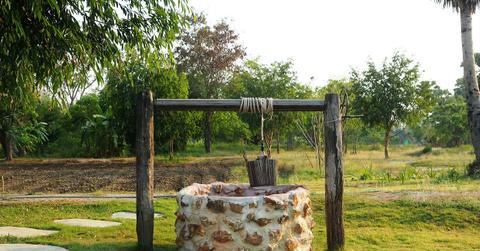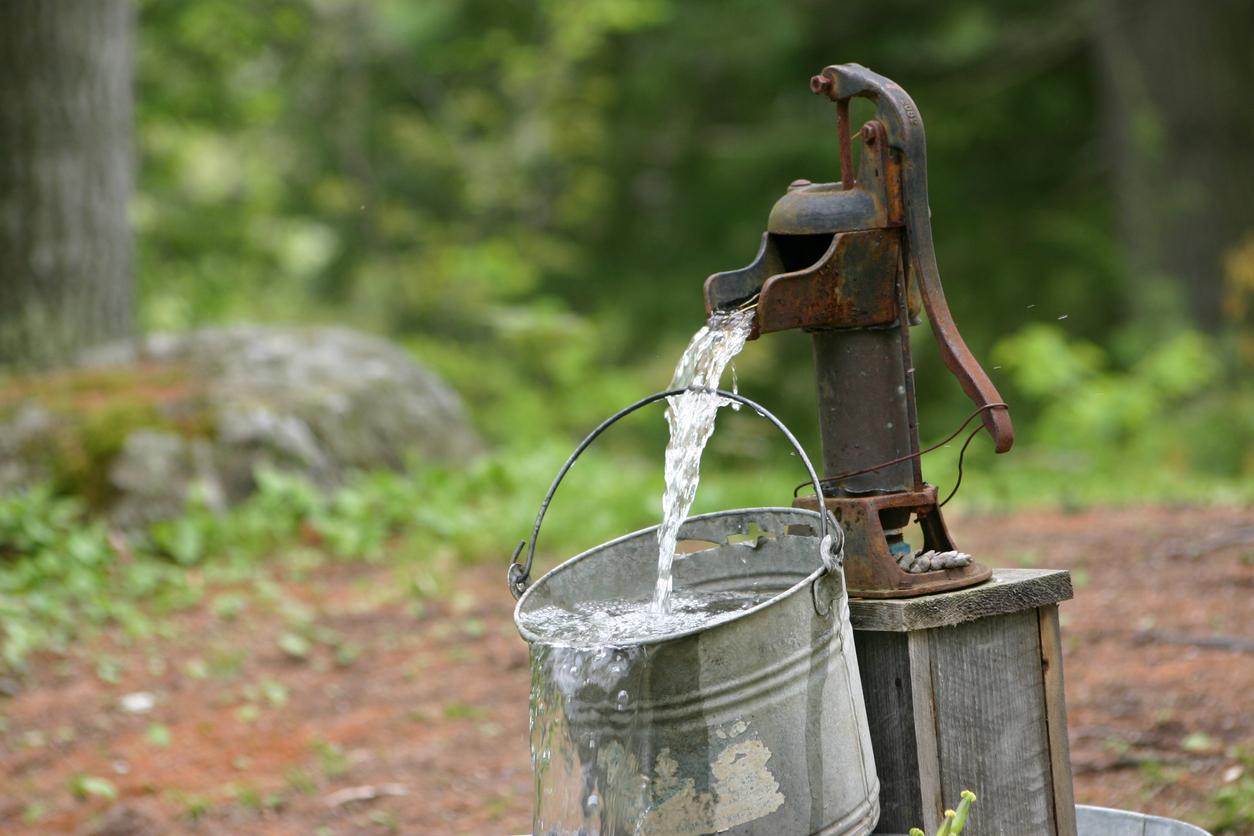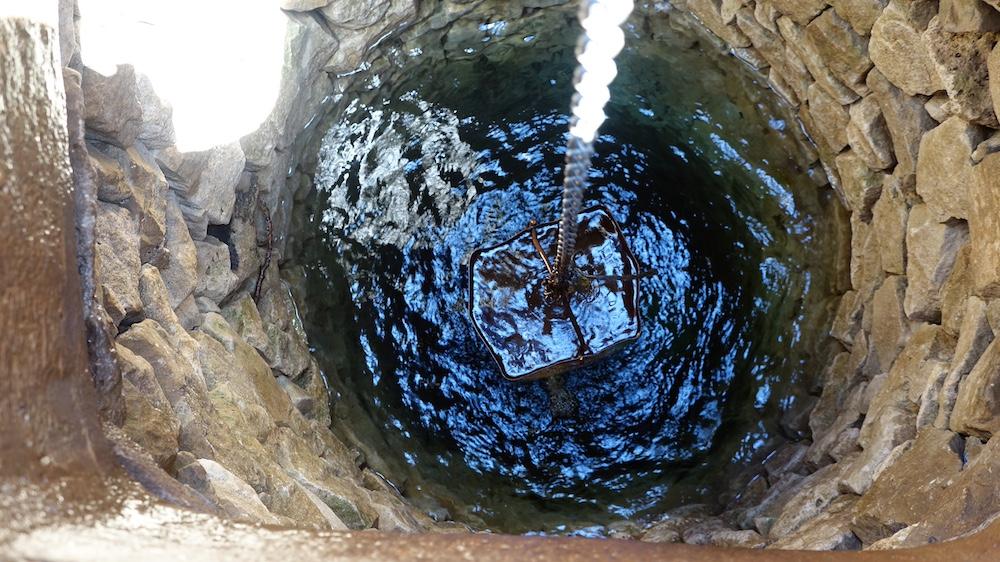How Does a Well Work? Here’s a Rundown of the Machine That’s Been Around for Ages
Did you know that wells have been around for over 8,000 years? Here's a peek into how some of the oldest systems in the world still function.
Published April 18 2024, 2:43 p.m. ET

One of the oldest machines in the world has been around for thousands of years and is still in use today. The Southeast Rural Community Assistance Project, Inc. (SERCAP) says the well is over 8,000 years old and functions the same as it did then.
Even though these machines are literal lifesavers, how does a well work? It doesn't have to be very complicated, but there is more to the mechanics than meets the eye. Using one the right way could be the difference between safe and contaminated water.
How does a well work? Here are the basics on well water.

You may think all wells work the same, but if so, you're in for a surprise. According to the U.S. Environmental Protection Agency (EPA), there are actually three types of wells. They all have different mechanisms to function:
- Dug or Bored Wells are holes in the ground lined with stone or brick to prevent them from caving in. They typically have a wide diameter but aren't very deep.
- Driven Wells: These get their name from the process used to make them. A pipe is driven into the ground about 30 to 50 feet deep.
- Drilled Wells: These also get their name from how they are made. A drill makes the hole that becomes the well, and this method makes wells that are thousands of feet deep.
Where does well water come from?

According to West Texas A&M University, most wells get water from where small amounts travel through the rock. Even though only a few drops of water can get through these tight spaces at a time, there is an unimaginable amount under the Earth's surface. The Safe Drinking Water Foundation states that 97 percent of the planet's freshwater is stored this way.
Additionally, the water filtration brand Aquasana says that a pump or a bucket is typically used to get well water to the surface. But be aware that just because you get the H2O straight from the ground, that doesn't mean it's safe to drink or cook with. Private wells, like ones on residential property, are not regulated by any official party.

Because of the lack of regulation, well water isn't necessarily clean when you take it out of the ground and needs to be cleaned before it's used. If you have a well on your property, the CDC states it needs to be maintained regularly to ensure your water is safe and provides resources to help you do so.
Official entities do not regulate it, so all the work is up to you. Aquasana also has a post about how to know if water is safe to drink and how to disinfect it.